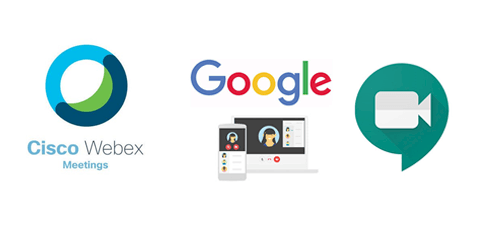

Headsets are also highly recommended for keeping background noises at bay.
Speakers or phone system: To connect audio to your video conference, you’ll need to leverage your device’s built-in speaker using Voice over Internet Protocol (VoIP) or through a dial-in connection via a mobile phone or phone system. Video camera: while often built into your device of choice, such as a laptop or mobile device, standalone webcams or video systems can also be used to create an optimized video experience in any space.  Computer or device: video conferencing software works across desktops, laptops, mobile devices, and video systems, giving you many options for hosting or joining a virtual meeting. The good news is there are many options for free video conferencing software, as well as a range of plans for businesses of all sizes. Video conferencing platform: using feature-rich software will deliver the best online meeting experience. Internet connection: having a reliable, secure, and fast internet connection is recommended for optimal video and audio quality. The key components of video conferencing are readily available to most, making this a popular and viable option for both individuals and businesses.
Computer or device: video conferencing software works across desktops, laptops, mobile devices, and video systems, giving you many options for hosting or joining a virtual meeting. The good news is there are many options for free video conferencing software, as well as a range of plans for businesses of all sizes. Video conferencing platform: using feature-rich software will deliver the best online meeting experience. Internet connection: having a reliable, secure, and fast internet connection is recommended for optimal video and audio quality. The key components of video conferencing are readily available to most, making this a popular and viable option for both individuals and businesses. 
Video conferencing connects multiple people virtually through video and audio over an IP network.










